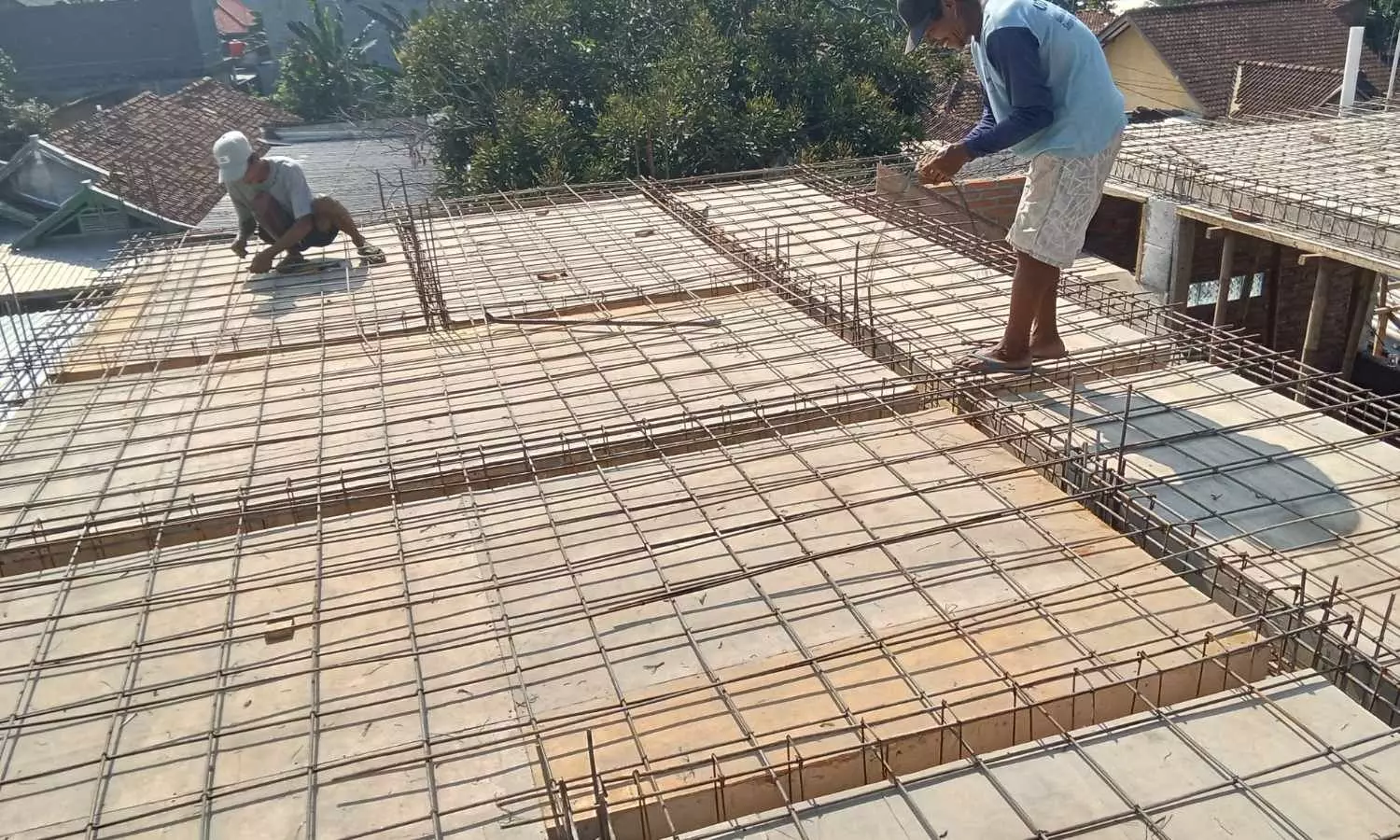India moving right on path of fiscal consolidation
India’s fiscal deficit widened to ₹5.7 trillion in H1 FY26 due to a 40% surge in capital expenditure, even as revenue deficit narrowed and non-tax revenues jumped 30.5%. ICRA expects tax collections may fall short of targets, though overall fiscal balance remains stable.
India moving right on path of fiscal consolidation

A welcome 40 per cent spike in capital expenditure widened the Government's fiscal deficit to Rs 5.7 trillion or 37 per cent of the FY26 Budget Expectation during H1. Interestingly, the revenue deficit shrank to Rs 0.3 trillion in H1 from Rs 0.7 trillion in the year-ago period with a muted 1.5 per cent rise in the revenue expenditure, and 30.5 per cent surge in non-tax revenues offsetting the 2.8 per cent contraction in net tax revenues.
Gross tax revenues rose by 8.4 per cent in September, reflecting the filing of personal income taxes by the extended deadline, which surged by 34 per cent in the month. Nevertheless, GTR rose by a muted 2.8 per cent during H1, with a 4.7 per cent rise in income tax collections, and a subdued 1.1 per cent growth in corporate tax collections. The increase in indirect tax collections was tepid at 3.2 per cent in H1, with a 5.2 per cent contraction in customs duties and a 4-8 per cent growth in GST and excise duty collections.
With an asking growth rate of over 21 per cent in H2 to meet the year’s Budget estimation, Icra is apprehensive that taxes will undershoot the budgeted target.
With two tranches of Central tax devolution being shared with the states in October, a total of Rs. 8.3 trillion has already been disbursed, which is a sharp 15.5 higher than the Rs. 7.2 trillion released in the same period of last year, and much faster than the 2.8 per cent growth recorded by gross tax revenues in H1. Accordingly, the headroom remaining relative to the year’s Budget Estimate suggests a modest rise of 4.2 per cent in FY26 vis-a-vis the Rs 5.6 trillion released in the year-ago period.
Overall, capex increased by 31 per cent in Q2, which while undoubtedly healthy, is lower than the 52 per cent expansion seen in Q1, that had come on an election-curtailed base. Overall, capex rose by a robust 40 per cent to Rs 5.8 trillion in H1, amounting to 52 per cent of the year’s Budget as against 39 per cent in the year-ago period. The upfronting of capex in H1 implies that the headroom left in the Government's Budget Expectation portends a contraction of 15 per cent in H2, unless the allocation is enhanced.
The Government’s non-interest revenue expenditure has contracted by 3.1 per cent during H1, which implies that this needs to expand by a high 17 per cent during H2 to meet the year’s Budget Expectation. This augurs well for the growth in the PADOS segment of the GVA during H2.
As of now, we expect the typical trend of expenditure savings and higher than budgeted non tax revenues to be able to absorb any shortfall in tax revenues, and do not foresee a material slippage relative to the Government of India's year’s fiscal deficit target of 4.4 per cent of GDP.
EoM.

